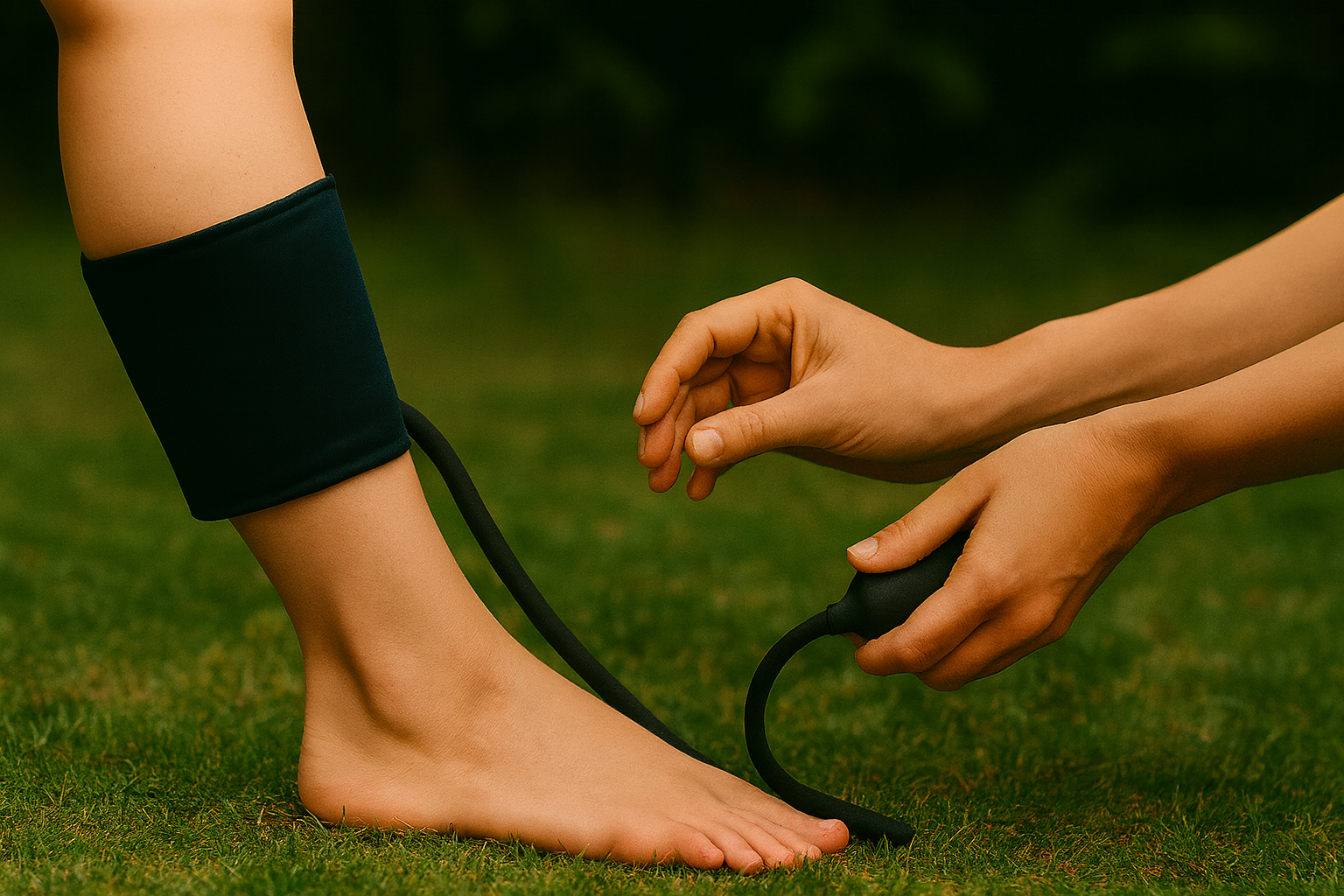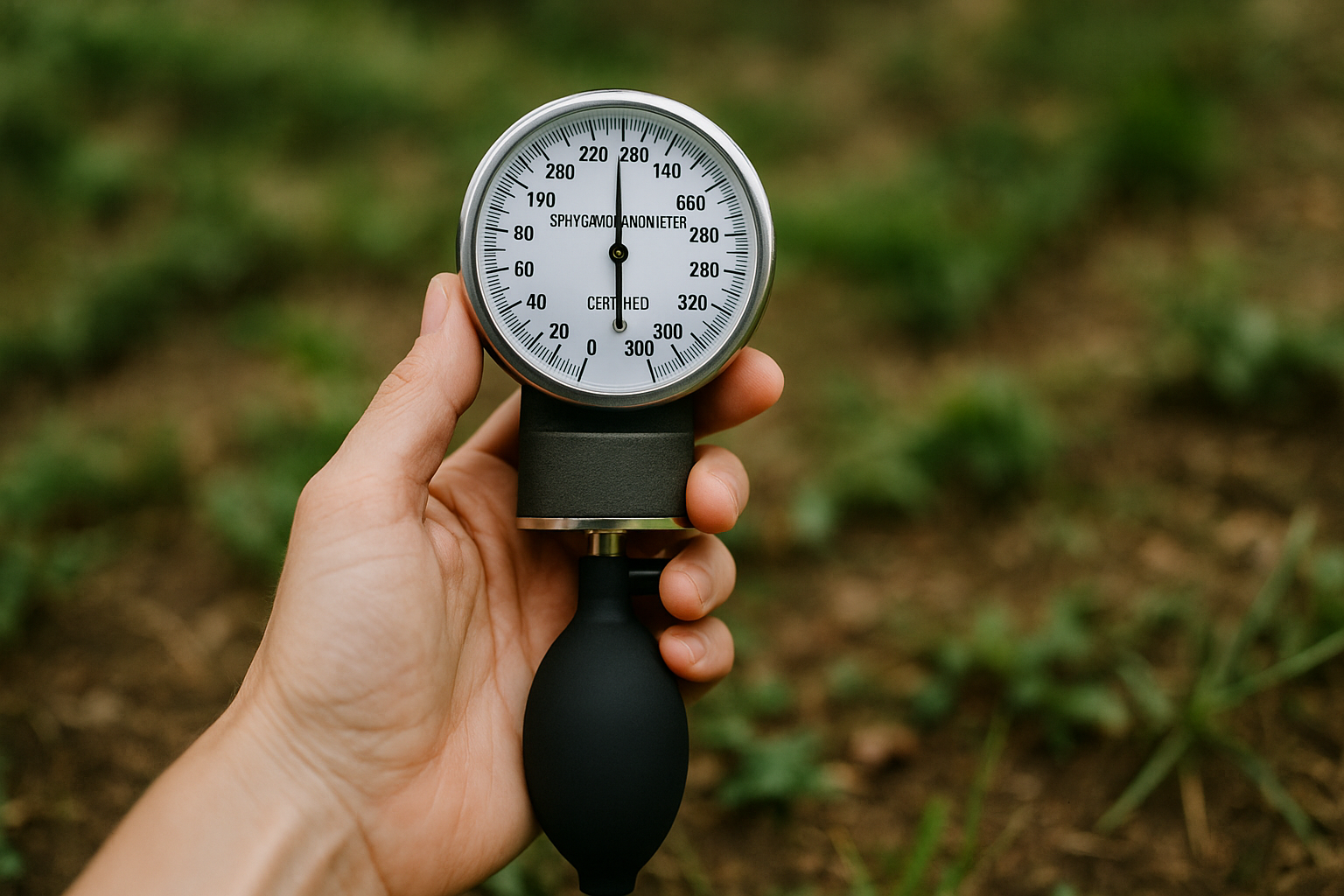How to Tell If You're Absorbing Calcium: Signs, Testing, and Fixes
Have you ever experience muscle cramping when you are at rest or sleeping? How about restless leg syndrome? These are primary indicators of tissue calcium deficiency. In plain English: the calcium you are consuming is not being absorbed into your bones.
By applying pressure to the thickest part of the calf muscle using a blood pressure cuff, this test attempts to induce a cramp in the muscle to see if there is enough free tissue calcium to deal with the trauma. Note: The “tissue calcium cuff test” discussed here differs from the medical Trousseau’s sign—a diagnostic test for blood calcium levels used in clinical settings.
First let's talk about some facts regarding calcium and how it is utilized in your body and also the co-factors needed in order for the calcium to absorb properly:
hydrochloric acid (the acid in your stomach) is needed for calcium to be absorbed through the stomach
vitamin D transports the calcium from the stomach to the blood
essential fatty acids transport the calcium from the blood to the tissue (bones)
maintaining a 5:1 calcium-to-magnesium ratio is important
Tissue Calcium Cuff Test
This quick test will provide instant feedback regarding the calcium content in your tissue. You may not be absorbing calcium because you are not getting enough calcium in your diet or you may have an imbalance of calcium co-factors. If a deficiency is identified, various forms of calcium and calcium co-factors are tested orally to determine which nutrients will be the most effective for increasing tissue calcium. You can take this test without using supplements to determine if you have adequate calcium stores but if you are deficient you will need the supplements (listed below) in order to find what your body is lacking.
I loved using this test on Chiropractors when I worked for Standard Process. They would have the most astonishing looks after I would tell them their bones were not absorbing the calcium they were ingesting.
How To Take the Test
Place a blood pressure cuff around the thickest part of your calf muscle.
Pump slowly until you feel the onset of a sharp, cramping type pain. Pump no more than 240 millimeters of pressure.
Record the reading on the sphygmomanometer.
Release the pressure.
Test Results and Analysis
A muscle that can withstand 220 millibars for women and 240 millibars for man is considered to have sufficient calcium stores. If you have cramping prior to 220 millibars you are considered to be deficient in tissue calcium.
If a deficiency is indicated, one at a time, put a pill in your mouth until it dissolves or you can swallow it. If you are using Standard Process then you can chew it for a quicker response. Wait 30 minutes and try the tissue cuff test again. If you still cramp before 220 millibars then try the next supplement on the list. Try the different supplements until the pain threshold is sufficiently increased. In many cases the needed nutrients will be a co-factor rather than a calcium source.
Here is the list of supplements you should try in order of importance:
Calcium Lactate (calcium lactate + magnesium citrate) from Standard Process or other balanced form of calcium and magnesium
Zypan (do NOT chew this one) from Standard Process or other digestive enzyme that supports gastrointestinal pH
A-F Betafood from Standard Process or other fat metabolism supplement
Flax Oil with B or Cataplex F Tablets (Vitamin F) from Standard Process or other essential fatty acid supplement
Ovex or Prost-X from Standard Process or other hormonal supplement
Cataplex D (Vitamin D3 containing cholecalciferol (the most natural occuring form of D2) from Standard Process or other form of vitamin D that assimilates in the body (fake Vitamin D won't work)
Food with High Levels of Calcium
If you are deficient in calcium intake, below are some foods to achieve normal levels. It is important to remember the appropriate calcium-to-magnesium ratio: 5-to-1. If you eat something high in calcium make sure you also eat something with magnesium.
If you are deficient in a calcium co-factor, starting a supplement regimen would be beneficial or eating foods high in the nutrients you need. If you tested for Vitamin D then you can use the sunlight as the supplement.
Oysters
Scallops
Salmon
Sardines
Almonds
Seasame Seeds
Sunflower Seeds
Oranges
Molasses
Dried Figs
Comfrey
Carrot Juice
Black Olives
Kelp
Okra
Spinach
Kale
Collard Greens
Arugula
Bok Choy
Broccoli
Food with High Levels of Magnesium
Spinach
Squash and Pumpkin Seeds
Mackerel
Avocados
Dried Figs
Dark Chocolate
Bananas
The Takeaway
The tissue calcium cuff test is a simple, accessible way to gain insight into how well your body is actually assimilating calcium—not just how much you're consuming. By paying attention to your body's real-time responses, you can better personalize your nutrition, supplements, and lifestyle to support deeper mineral balance. Remember, true wellness isn’t just about what you take in—it’s about what your body can absorb and use.



